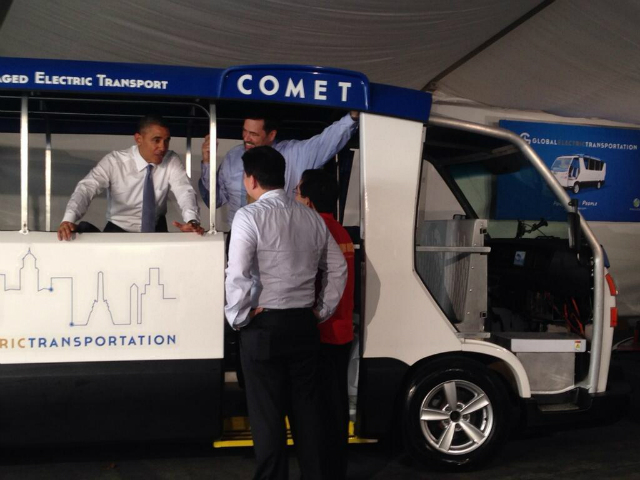Time to let go of the outdated jeepney, transportation adviser says
It’s time to let go of the jeepney, said transportation sector adviser Rene Santiago during his talk in the 36th National Academy of Science and Technology Annual Meeting on Wednesday.
“The jeepney has not received any innovation (since 1950). Why do we call it an icon of pride when it should be a symbol of shame?” he said during his talk.
Santiago, who has been a consultant for the Asian Development Bank and World Bank, argues that jeeps are often “islands in themselves” since they are usually not part of an integrated transportation system. Drivers are also forced to work long hours due to the boundary system.
Instead of having a fixed schedule for drop off and pick up in specific locations, jeepney drivers wait for their vehicles to fill up before leaving in order to maximize each trip.
“Jeepneys should be replaced with something different – maybe along the line nung COMET. It reduces pollution, for one, but it also changes the business model,” he said in an interview with GMA News Online on Wednesday.
The COMET (City Optimized Managed Electric Transport) is an electric vehicle that was built “primarily to replace jeepneys”, GET Philippines country manager Anthony Dy said in an earlier report.
It is also customized to “overcome city conditions such as flooding and extreme traffic jams.” According to its website, the COMET is also equipped with CCTV cameras, GPS, and WiFi.
“It operates with an organized and centrally-managed system benefiting not just the commuters but the drivers as well,” GET Philippines said on its website.

There will be command center operations with real time communication with the vehicles, organized queues in terminals and stops, daily vehicle maintenance checks, and proper values training and technical training for drivers, it added.
"We are guided by LTFRB (Land Transportation Franchising and Regulatory Board) rules on fares. COMET drivers will have basic salaries, health insurance benefits, plus bonuses based on route income," said GET Media Relations Manager Maria Ana Santos in a previous report.
“(COMETs will charge) the same fares as jeepneys,” she emphasized.
Drivers paid per trip, not per passenger
“The e-jeepney will not develop as if it is an island unto itself. It will have to operate as part of a general system na coordinated ng computer schedules, so that the driver will know when not to get out of traffic to rest,” Santiago said.
“In other countries, drivers are paid per round trip,” Santiago said. With this method, jeepney drivers do not have to wait for their vehicles to fill up every time before they leave since they are being paid by the number of trips and not by the number of passengers.
It was previously reported that the first fleet of 30 COMET (City Optimized Managed Electric Transport) e-jeeps will be rolled out in Metro Manila by the second quarter of 2014.
Around 3,000 to 4,000 units are meant to be rolled out by the end of the year. — JDS, GMA News




